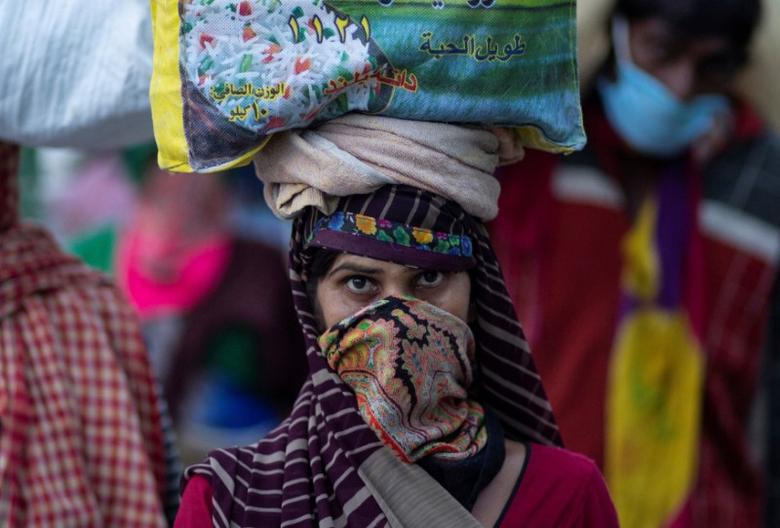
The invasion of the coronavirus simultaneously across the globe has pulled out veneers from different social and economic façades that countries had put up to stimulate growth projection or to put a foot in the development door and get enlisted in the great nations’ group. Talk of the United States: house of the world’s most advanced and technologically superior military industry found its healthcare system on the cusp of disorientation. It was not prepared and equipped to meet the challenge that could send hoards of patients to hospitals apparently with the symptoms of flu but the potential to run down the respiratory system if cure and precaution are not blended timely and appropriately.
Even China, aspiring to run through the superpower marathon with a hold on the Asian market through its Belt and Road Initiative, floundered before the virus. It did raise overnight hospitals but amidst the uncomfortable fact of locking down its people in Wuhan for two months and seeing its people die because of a lack of ventilators and other medical paraphernalia used in emergencies.
India was exposed rather badly. Not only its health system had capacity issues, but the country also lacked both the leadership and financial sustenance to bridge social and economic disparities. While Prime Minister Narendra Modi appeared on multiple occasions to announce either new lockdowns or explain the relentless spread of the coronavirus, he made little effort to empathise with the internal migrants estimated at over a hundred million.
The otherwise dramatic and flamboyant Modi, who had a throbbing desire to make India shine like a first world country, feigned indifference to the humiliation the migrants faced at the hands of the Indian government’s administrative machinery. The cold-hearted Indian police spared no chance to beat and humiliate the migrant workers going to their villages often walking 1,000 kilometres on foot. The police wanted them to go back, but where? Living from hand to mouth, barely scrambling a few rupees to pay rent, they had calculated early on that tomorrow will not come — hence the journey backward, from where they had started. At least they would have a place to shelter in in villages.
Though spending a few minutes in living through the journey of the hardship of the migrants would have been an acknowledgment that India’s poverty is greater than the aggravated value of its nuclear and financial assets, the resulting stewardship would have been priceless. Perhaps the public display of migrants made to sit on their haunches to get sprayed with disinfectant meant for vehicles may have not happened. Perhaps the train that crushed under its rowing wheels the fatigued migrants sleeping on tracks would have never crossed. Perhaps, the ration meant only for the residents had also landed in the hands of the starving migrants.
The scale fell nevertheless, spilling the truth of an India, which has failed to distribute equally, if not proportionally, the fruit of its import substitution policies, its investment baskets’ over-bulge, and the financial blitz of Bollywood among its sprawling population. Caught between the agrarian distress at home and urban informal work in cities, the migrant crisis has exposed the “spatial faultiness of India’s development”.
It is important to note that majority of the migrant labour force comprises Dalits and Adivasis. Here we are talking about a two-headed beast — the caste-based inequality and the regional inequality.
The western regions in India have some of the more active economic corridors — Delhi-Mumbai Industrial Corridor, the Mumbai-Pune Expressway, and the Vishakapatnam-Chennai Industrial Corridor. Strung to these corridors are a series of special economic zones. In the hands of upper-caste Hindus such as Marathas, these urban enclaves are attractive destinations for the labourers from India’s east, who do not leave their villages for a promising career, but the abject lack of livelihood in their home villages force them to migrate.
Structural violence is a curse that people in Third World countries are forced to live with. However, the treatment meted out to the poor and destitute in times of crisis shows that rather than being structural, the economic and social impediments in India are a cultural phenomenon defined by caste-based and religious factors.
Let India know that its claim to have a “shinning India” is rhetoric unless it changes the track to become a truly inclusive democracy.
Published in The Express Tribune, May 28th, 2020.
Like Opinion & Editorial on Facebook, follow @ETOpEd on Twitter to receive all updates on all our daily pieces.







































COMMENTS
Comments are moderated and generally will be posted if they are on-topic and not abusive.
For more information, please see our Comments FAQ